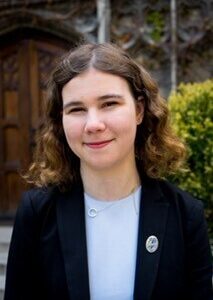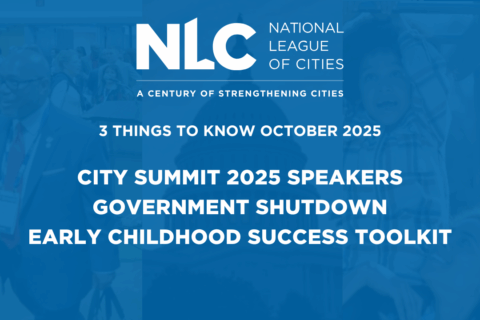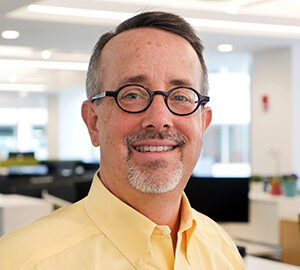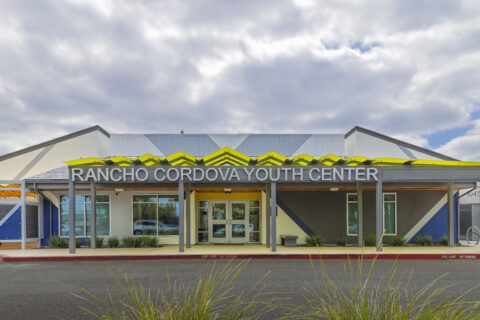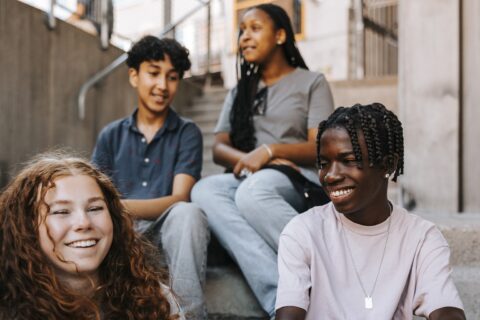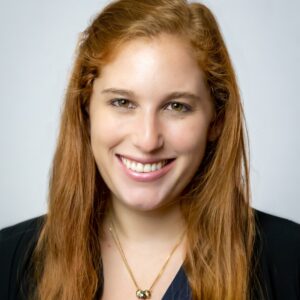The pandemic’s impact on young people’s educational experiences continues to loom large. Recent data from the National Assessment of Educational Progress show the biggest declines in math and reading scores in over 30 years. Thanks to the American Rescue Plan Act (ARPA), cities have access to over $65 billion in State and Local Fiscal Recovery Funds (SLFRF) to help their communities recover. When cities began to allocate these new funds, many municipal leaders acknowledged the impacts of the pandemic on young people and made investments targeted to support them. New research from NLC shows that cities cumulatively invested over $2 billion of ARPA funds to support young people’s learning, growth, and recovery. These investments will provide increased support services, afterschool and summer learning opportunities, and other programs that help young people and families thrive, as well as improve the facilities and infrastructure that house these programs,
NLC’s newly-released report documents information from 80 cities making over 410 distinct ARPA investments in strategies to support youth. NLC’s analysis grouped cities’ ARPA investments in youth into eight categories – afterschool and summer programs, parks and recreation infrastructure, workforce training opportunities and support services for postsecondary students, youth employment programs, youth support services such as mental health counselors, library programs and infrastructure, city partnerships with K-12 schools or districts, and youth reengagement programs.
Below are three major findings from NLC’s research that may help municipal leaders as they consider future allocations of ARPA funds:
1. Cities Used Large Portions of their ARPA Funds to Support Student Recovery
Cities made large investments in young people using ARPA funds – expanding, improving, and creating new programs and services to address the great needs young people and their families faced. On average, cities invested 12% of their total ARPA funds in young people. Some cities went well beyond this, with the City of Richmond, VA investing over 68% of their ARPA funds in youth. Following a community-wide survey where respondents ranked “Children and Families” as their top priority for federal funding allocation, the City of Richmond invested $67 million in ARPA funds into improving and building new community centers, and $14 million into revitalizing and expanding parks.
While each city’s exact investment amount varied with the size of their total ARPA allocation, on average, cities invested $12.8 million in ARPA funds in young people, with individual city allocations ranging from $30,000 to $81 million or more in big cities. With children and families still struggling to recover from two years of shuttered school buildings and remote learning, ARPA funds remain a key funding stream cities can utilize as they work to develop, enhance, or expand the services they provide to young people. Cities have through the end of 2024 to allocate these federal dollars and through the end of 2026 to spend them. There is still time to think about how to target these investments towards youth-related programs that your community may desperately need.
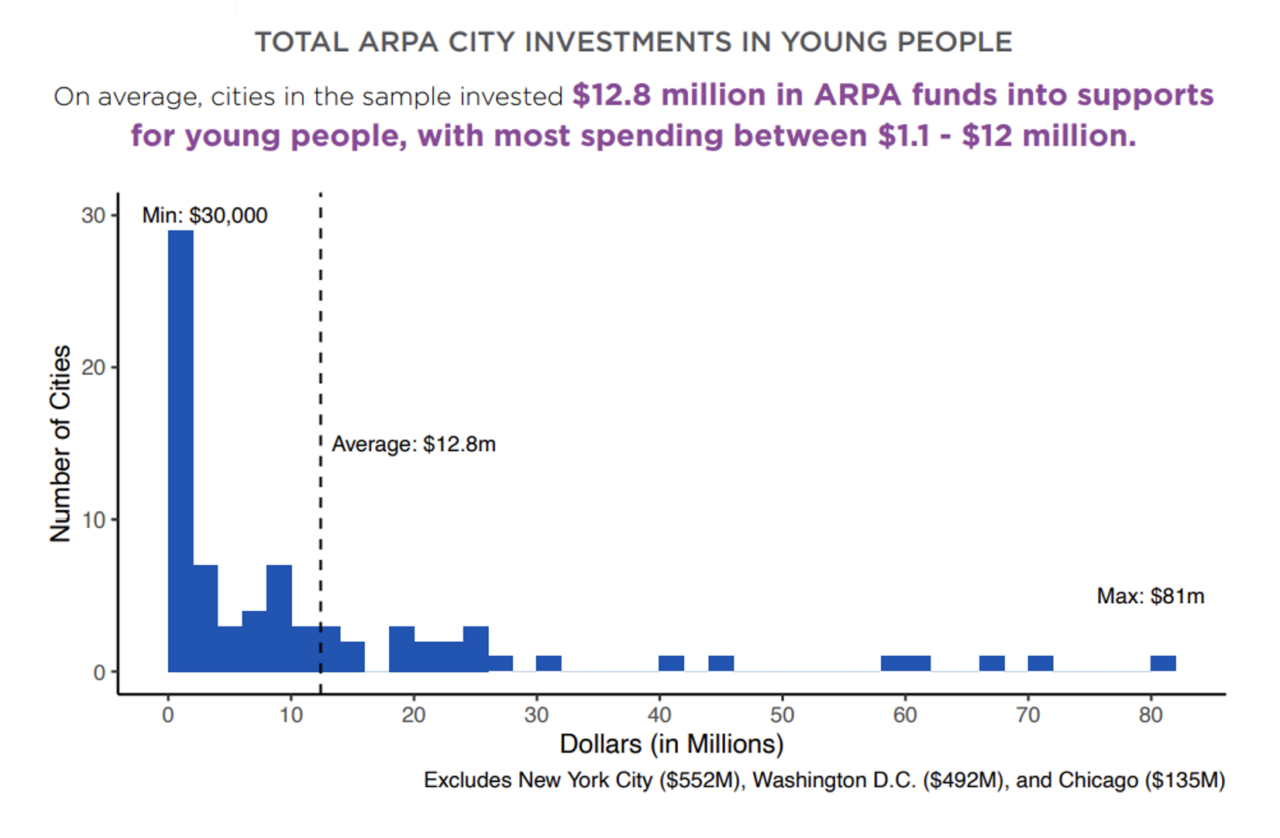
2. Cities Diversified their ARPA Investments to Holistically Support the Needs of Young People in their Communities
On average, cities in NLC’s sample made at least two different types of investments in youth, with some making up to six. Some cities even created youth plans detailing their allocations of ARPA investments in young people to ensure they were holistically responding to their diverse needs. The City of New Haven, CT dedicated its entire first tranche of ARPA funds ($6.3 million) towards a “summer reset” which included the expansion of summer learning programs, youth safety initiatives, and arts and cultural festivals. In NLC’s analysis of cities’ diverse ARPA investments, key trends emerged: a high majority (over 70%) of sampled cities invested a portion of their ARPA funds into afterschool or summer programs, while half (50%) invested in parks and recreational infrastructure. This indicates that these are two key strategies cities believe can support young peoples’ pandemic recovery. It is also possible that these investments indicate that afterschool and summer programs, and parks and recreational infrastructure, were the biggest previously existing gaps in services and facilities that many cities finally had the resources to fill.
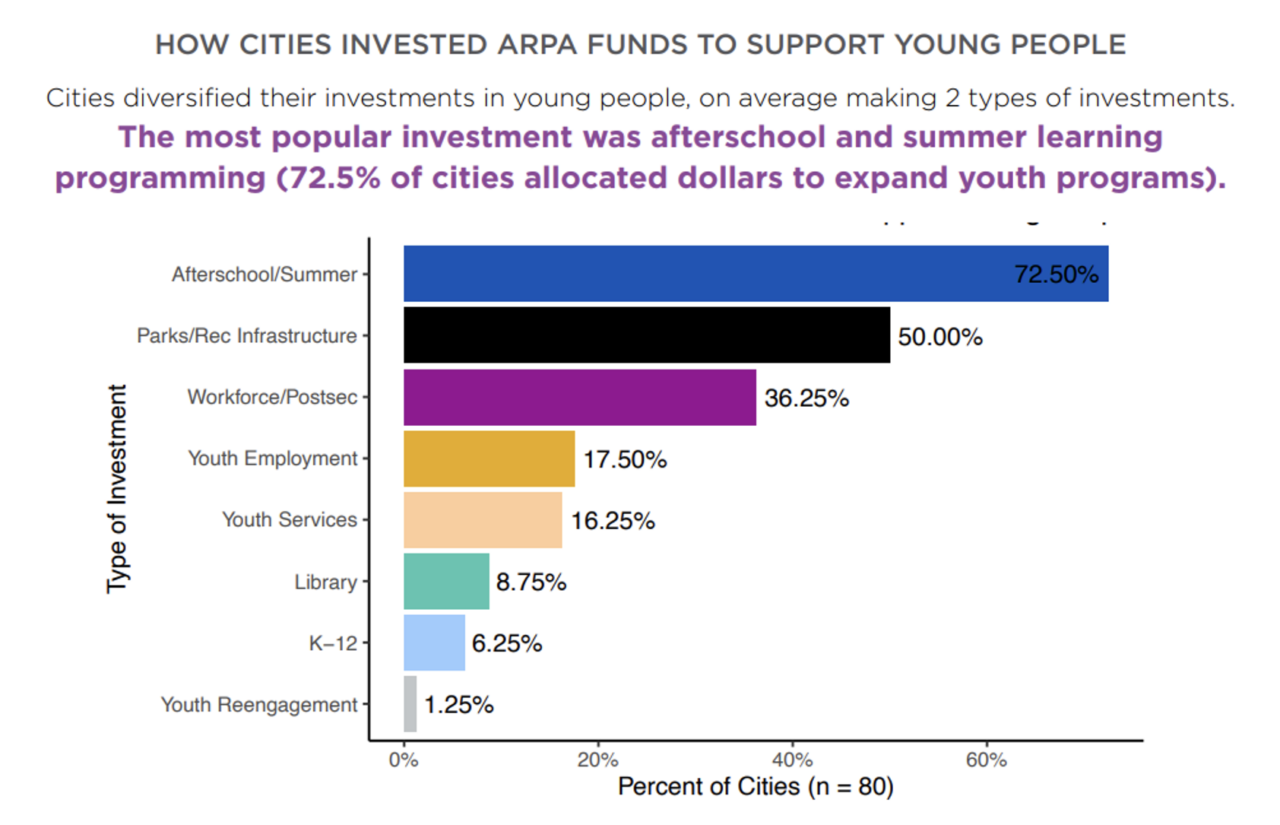
3. Cities Invested Large Amounts of ARPA Funds in Afterschool and Summer Learning Programs to Support Student Recovery
Investments in afterschool and summer programs were the most popular type of investment in youth among sampled cities. In total, sampled cities invested over $1 billion in ARPA funds into afterschool and summer learning programs and opportunities, and put on average 60.86% of their total ARPA investments in youth toward these programs. These findings indicate cities’ support for out-of-school time programs as a key strategy for pandemic recovery. NLC and the Afterschool Alliance’s new Federal Pandemic Relief Funds tracker outlines specific examples of how cities are utilizing ARPA funds to invest in high-quality afterschool and summer programs for young people. Interested in learning more or need ideas on how to support youth in your community? Join the Engage Every Student Initiative, a national call to action by the U.S. Secretary of Education, NLC, and national partners to expand access to afterschool and summer learning programs for every child who wants it.
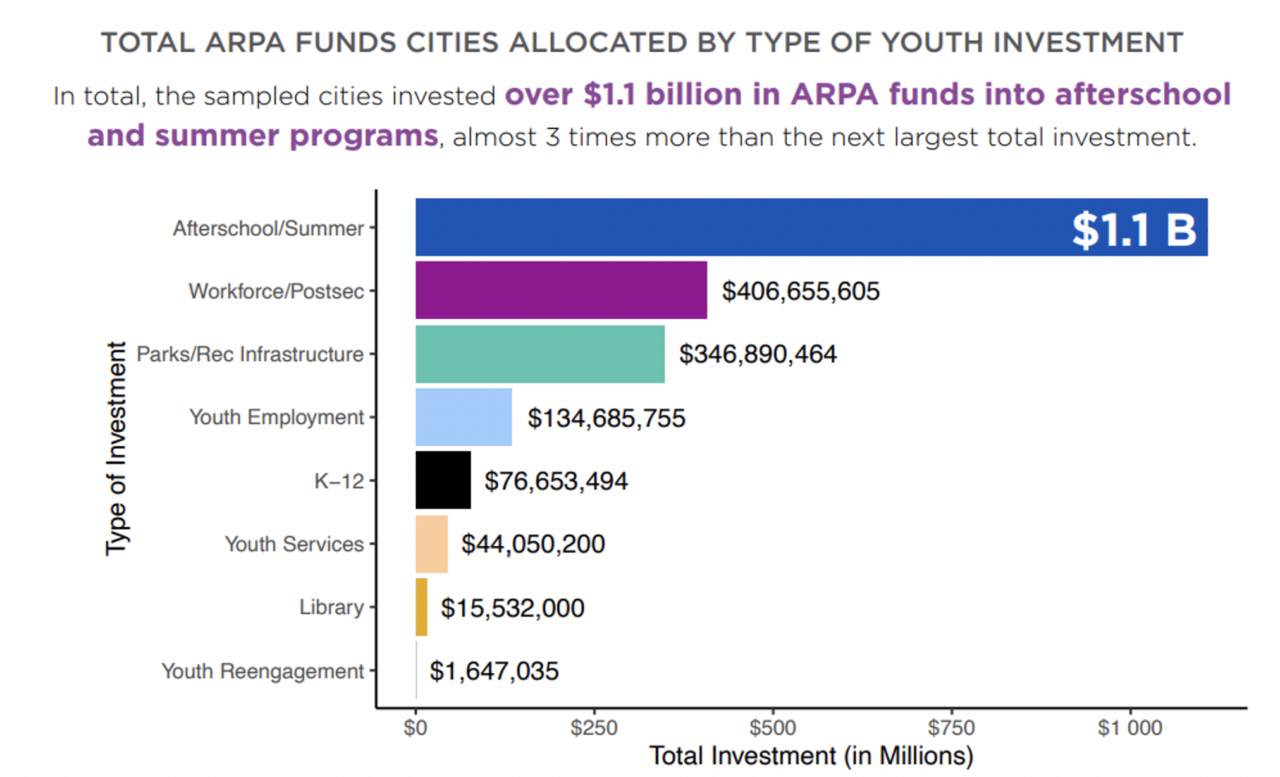
City leaders understand that the grave impacts of the pandemic on the lives of young people are not over. NLC’s research illuminates the foresight and leadership that city leaders have shown by utilizing federal ARPA funds to tackle issues head on in order to expand or improve the services, infrastructure, and programs that help youth thrive. The investments we tracked in 80 diverse cities speak to a renewed community and culture of support for young people in cities, towns, and villages across the nation. As mayors and city councilmembers allocate the rest of their ARPA funds, we hope these findings provide a helpful guide regarding how other cities are leveraging ARPA funds to support youth recovery, and how you can too.
Reach Out
Share your community’s plans to support young people by emailing educationexpandedlearning@nlc.org so we can feature your city.

